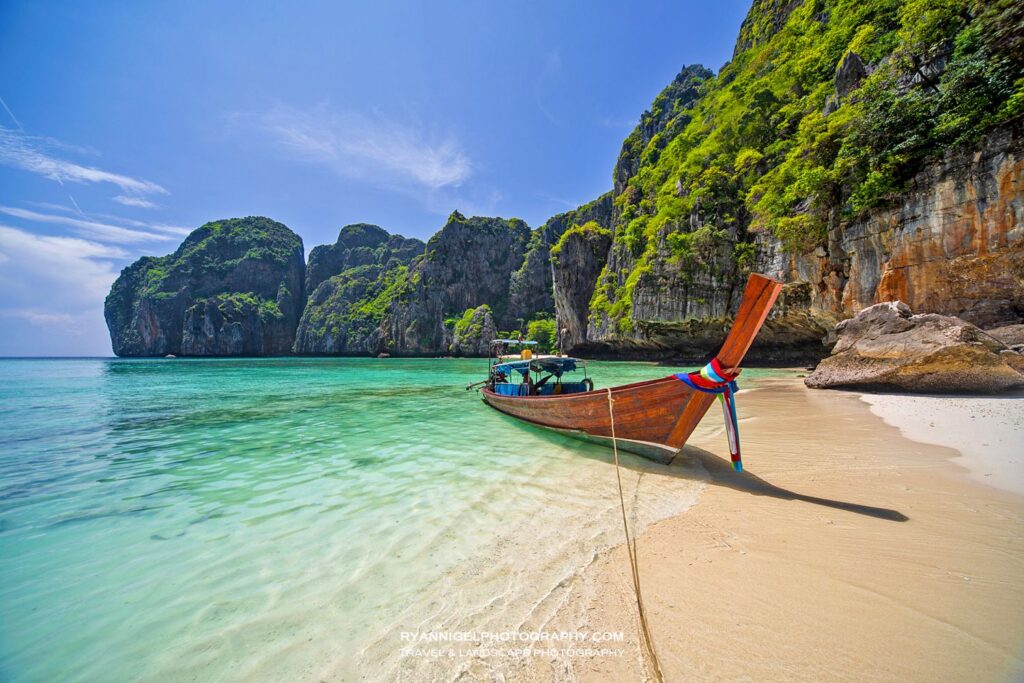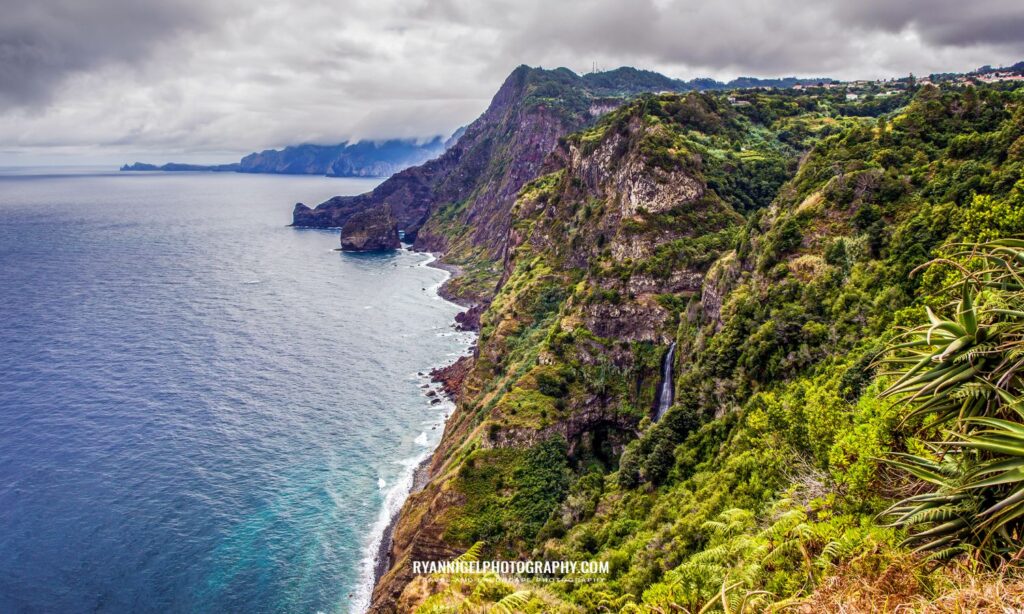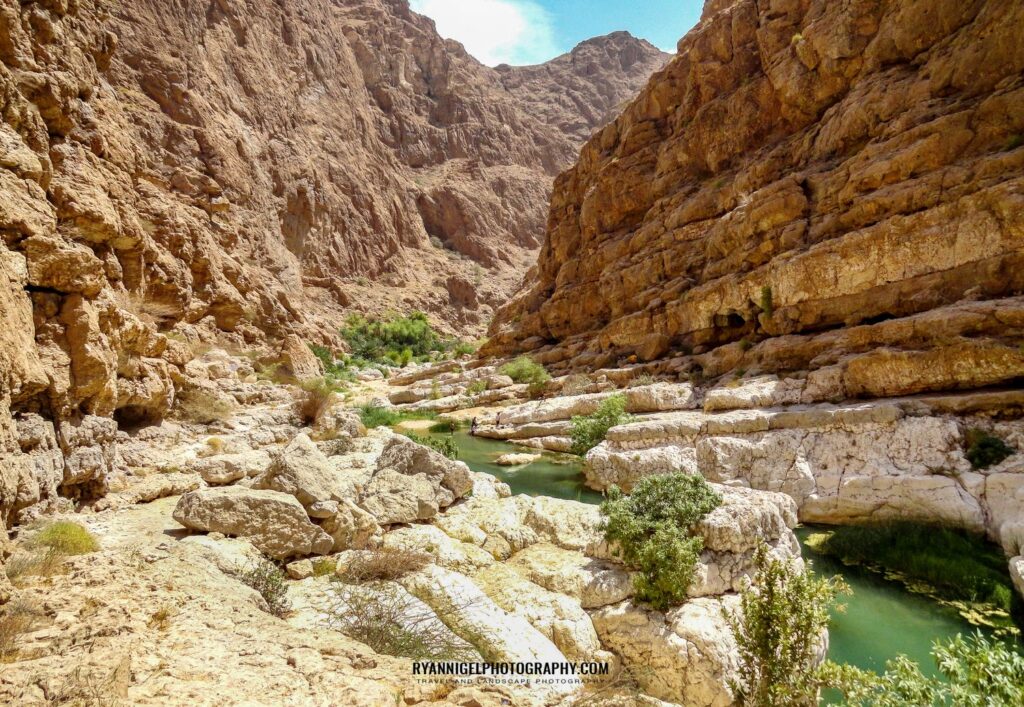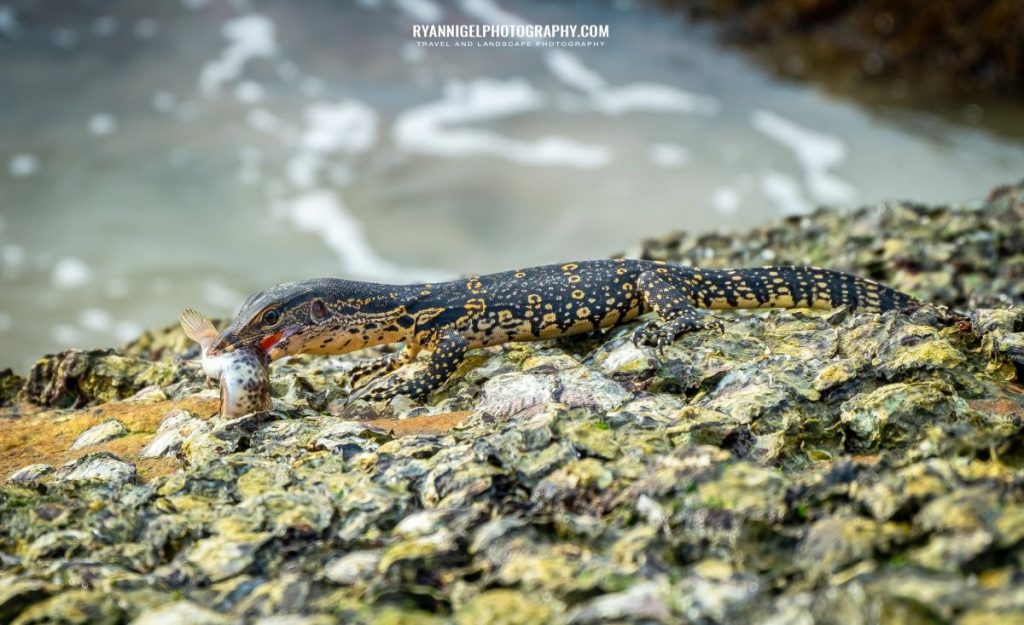For the beginner photographer: File formats – RAW/JPEG/HEIF and more
So you are getting confused from your camera settings ? What to use ? JPG ? Super Fine ? Medium ? RAW ? RAW+JPEG? sRAW ? Losless RAW? Fot he beginner photographer this can be quite confusing. In this article I explain the different file formats and when and why to use them.
You have read all my articles for the beginner photographer. Part 1: For the Beginner Photographer: How to start with Photography – The Basics, Part 2: For the Beginner Photographer: How to start with Photography – Gear, Style and Post Processing, Part 3: For the Beginner Photographer: How to start with Photography – Preparation, Flash, more Post Processing, Filters
And now you got yourself your first gear and want to go out shooting ! But first you have to set your camera to the proper setting. So you go ‘image quality’ and …… What ?? So many choices ? You didn’t tell me that ! Now hold on and take a seat. Breathe…. And read further.

File Formats
In the world of photography there were always 2 formats. JPEG and RAW. JPEG is the compressed file with the complete photo but build up with much less data. RAW is the uncompressed file with the complete photo and build up with all the data. JPEG files are also processed in-camera with the internal software from the camera manufaturer. RAW is an unprocessed file. Camera manufacturers offer an option to convert RAW to JPEG in-camera, using their own in-camera software. Are you still with me ? So read on then… 😊
RAW
As time goes by and technology improves, so are file formats. JPEG has always stayed JPEG. With the addition that you can choose (Super)Fine, Medium and Small or Large, Medium and Small or some other combination. But with RAW it is a bit different. RAW took a big development over the years and i will explain below.
Bit depth
First of all the RAW file is a data packed uncompressed file that hold all the image information that the camera possibly can record. This raw file also comes in a bit depth. A bit depth ? Yup. Starts to be confusing or are you still with me ? So please bare with me. 😊 Bit depth is the number of bits used to indicate the color of a single pixel. So the more ‘bits’ the better the color. (roughly). In the ‘old’ days cameras and monitors could not record and display more that 8-bits. And that was it. Technology evolved and now cameras can record 14-bit (depth) files and display them also in 14 bit. So you got a much wider band of color. (also called color gamut).

File size
In the ‘old’ days a digital camera had 3 to 8 megapixels. Not to much data and file size. Modern cameras have 24 to 100 megapixels. And that is a hell of a lot more…
Modern cameras can record at least 10-bit RAW files. Some of them even 14 or 16 bit. What ? Please stay with me, don’t loose your consiousness. That’s only for the really really expensive cameras. The ones you and i will never have.
So here is an example: a 24mpx file in 10-bit RAW can be as big as 60mb. I shoot with Fujifilm, with a 24mpx and i shoot in RAW (only). File size is about 60mb per photo. If i choose to shoot RAW+JPEG for whatever reason, add another 6 to 10mb to it fort he JPEG file.
As you see you need a storage media (SD cards, etc. See my post: Storage Media) with quite some space. I use 64GB and 128GB SD cards. I always choose more space than i actually need, because it’s better to have to much than not having it at the point you need it.

Why shoot in RAW
Everybody, any photographer who takes photography serious, will advice you ‘shoot in RAW’. Why ? Well, you just record more data than with JPEG and its uncompressed. So if you want to post process your photos, you have way more flexibility. Also you learn to know what your camera can do. Second to that it is also a learning curve for yourself. Knowing how to process RAW data in a software package like Lightroom, Darktable or any other program.
Types of RAW
And here it gets confusing. As said before, RAW took a big development over the years. In the old days you had just RAW. Now you have:
Lossless RAW Uncompressed
Lossless RAW Compressed
Lossy RAW Compressed
This all got to do with the file size. You see, a Lossless RAW Uncompressed is huge in today’s cameras. Think 100mb or more. That’s why the industry came up with compression. Lossless RAW Compressed is the same file, but camera packs it in a kind of ‘ZIP’ file with all the data. So the file size is smaller. And smaller file size means faster camera operation. And read/write speeds.
Lossy RAW is a bit different. Camera brands want to differentiate from eachother and some came up with this format. Sony. Yes. It’s the same as Losseless RAW Compressed, only in this case you loose a bit of data due to the compression of the file. Can you see this loss of data ? Well, a trained pro photographer might see it, but in general the normal people like you and I will not see it. Then there is the media on which you watch the photo. If its a high resolution display you would see it sooner than on your phone display for example. (prohibited that you dont have the super high end phones).

Viewing Media
And that brings me to the next point. How do you and your target audience view your photos ? On big high res screens ? Printer media ? Phones ? You see you can shoot a 24 or 61MP, 14 bit Lossless RAW Uncompressed file, pimp it up in Lightroom and have the most stunning photo, colorwise and detail wise. And then you want to show it to the world. Hello Internet.
You have to convert it to JPEG which means loss of color and detail. Why ? Because webbrowsers can’t display RAW photos. Second, you have to resize the photo to a viewable size. That means about 2 or 3MP. Again loss of color and detail…. The photo still would look better than if you had shot it in JPEG only, but you get my point.
If you see your photo on printed media it would be different. Because there is more color and detail information (the data) in the file, the printer can do a better job when compared tot he JPEG file. So more detail, more and better color. But that also depends on the printer 😊 Like the screen when shooting for internet.
HEIF
So what is HEIF ? HEIF is a new format. Made by Apple. It is comparable with JPEG only HEIF file size is smaller while containing more data and therefore better image quality. Some camera brands took it over as a standard as well like Canon. There you can shoot in-camera HEIF.
All the new iPhones and some Android brands can display HEIF images but it also depends on the browser you use. Most of the people use Google Chrome and that can display HEIF images. Would you see the difference ? I don’t think so. As said before, it also depends on the media you are watching it.

So what to do ?
Always shoot RAW. Period. No… Always shoot Lossless RAW Compressed. Period. 😊 In your RAW processor (Lightroom, Photoshop or something else) you can always convert the file to JPEG for internet display purposes. And you have more data to play with.
If you need to meet a deadline, say you are a press photographer, then it is good to look at a camera body that can produce good JPEG. Fujifilm cameras produce out of camera good colors and detail in JPEG files that don’t need to much post processing. And this is just an example of when to use JPEG and RAW. Suppose you are on a job shooting landscape photos for a printed magazine. Then you choose RAW. And so you can think of many more example when to choose what.
Final
I hope that this was helpful, if not, well, bad luck then 🙂 No put your stuff down, get your camera and go out to make some photos. Photography is all about learning and doing it.